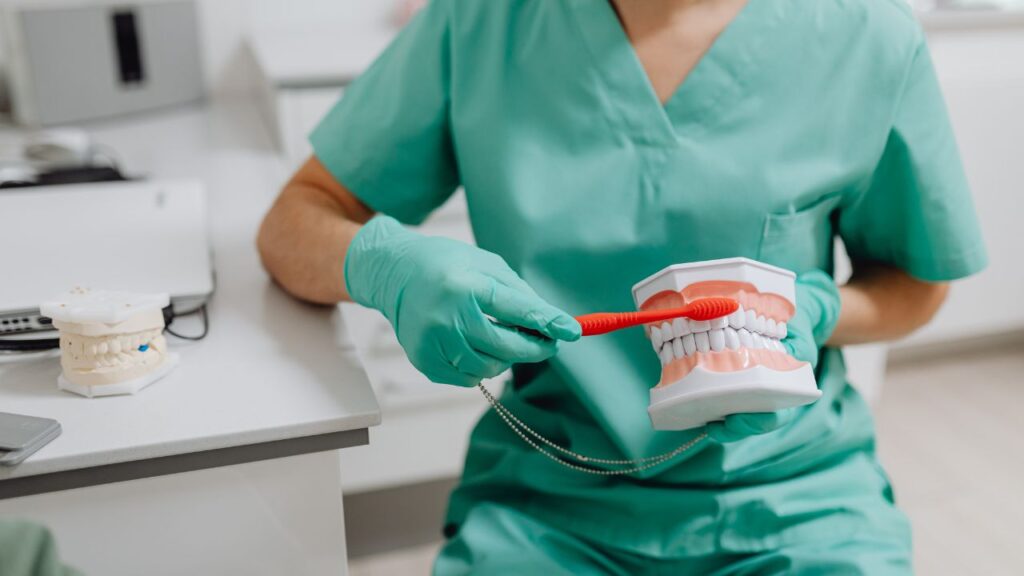
Understanding Common Dental Emergencies
Dental emergencies can happen unexpectedly, often leading to anxiety and confusion about what steps to take. Whether it’s a severe toothache, a lost filling, or a traumatic injury, understanding common dental emergencies and knowing how to react can help you manage the situation until you reach professional help. At Emergency Dentist Blog, we aim to guide you through these challenging moments by offering clear advice on how to respond.
Best Emergency Dentist Book Discussion: Identifying Urgent Dental Issues
Best Emergency Dentist Book Discussion focuses on identifying when a dental issue qualifies as an emergency. Some dental problems are more than just minor irritations; they can pose a significant risk to your health if not treated immediately. Here are some common examples:
- Severe Toothaches: Persistent, throbbing tooth pain can be a sign of a tooth infection, abscess, or other serious dental issues. These types of pain often don’t go away on their own, and they can worsen over time.
- Lost Teeth: Losing a tooth due to an accident, trauma, or injury is a dental emergency. If handled quickly, a dentist might be able to re-implant the tooth, but timing is critical. It’s important to act immediately to increase the chance of saving the tooth.
- Cracked or Broken Teeth: A cracked or broken tooth can cause sharp pain and expose the sensitive parts of the tooth, which can lead to infection or further damage. If you have a broken tooth, seek emergency dental care right away to avoid additional complications.
- Soft Tissue Injuries: Injuries to your gums, cheeks, or tongue can result in bleeding and swelling. Depending on the severity of the injury, you may need immediate care to prevent infection or excessive bleeding.
Best Emergency Dentist Book Chatting: Seeking Guidance for Your Urgency
Not all dental emergencies happen during office hours. Best Emergency Dentist Book Chatting offers an excellent way to reach a dentist when the office is closed. Many dental clinics now offer online consultations through live chats, where you can describe your symptoms and get immediate advice.
This type of service is beneficial when you’re unsure whether you need to visit the emergency room or if you can wait for a scheduled appointment. Chatting with a dentist allows you to explain your symptoms in detail and get a personalized recommendation.
Best Emergency Dentist Book Tips: Steps to Take in an Emergency
Knowing what to do in a dental emergency is essential. Here are some practical Best Emergency Dentist Book Tips for managing the situation until you get professional care:
- For Toothaches: Rinse your mouth with warm water, avoid using aspirin directly on the gums, and apply a cold compress to your face to reduce swelling.
- For Knocked-Out Teeth: Place the tooth in milk or saline solution and head to the dentist immediately. If you can, try gently inserting the tooth back into its socket to increase the chance of re-implantation.
- For Broken Teeth: Apply a cold compress to reduce swelling, and cover the broken edge with wax or sugar-free gum to avoid injury to your mouth.
- For Soft Tissue Injuries: Clean the wound with clean water and apply gentle pressure with a cloth to stop bleeding. If the bleeding continues or the injury is severe, seek immediate dental attention.
Conclusion
Dental emergencies require prompt attention, but knowing how to handle the situation can reduce stress and prevent further damage. By recognizing the signs of an emergency, seeking immediate online help, and following essential tips, you can minimize the impact of the situation.
We are Emergency Dentist Blog networking with online Dentist Blogging sites such as dentistryquestion.com, familydentalcenter.com, dentistblogging.com, and many more. We have also partnered with online dental consultancy sites denalchat.com and teledental.com.
